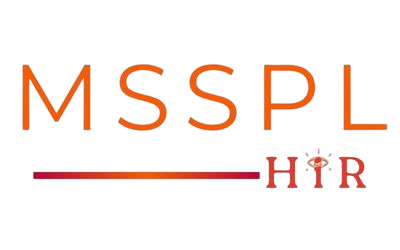Mystery Shopping: A Strategic Tool for Business Excellence
Mystery shopping, also known as secret shopping, is a research technique where individuals pose as regular customers to evaluate the quality of service, compliance with regulations, and overall customer experience. This method provides businesses with invaluable insights into their operations from a customer’s perspective, enabling them to identify strengths and areas for improvement.

What is Mystery Shopping?
Mystery shopping involves hiring individuals to act as customers who assess various aspects of a business, such as:
- Customer service quality
- Product availability and presentation
- Cleanliness and ambience
- Employee behaviour and knowledge
- Adherence to company policies
These shoppers provide detailed reports on their experiences, offering businesses a clear picture of their performance from the customer's viewpoint.
Benefits of Mystery Shopping for Businesses
Enhances Customer Experience
By understanding the customer's journey through mystery shopping, businesses can identify pain points and areas needing improvement, leading to enhanced customer satisfaction and loyalty.
Enhances Customer Experience
By understanding the customer's journey through mystery shopping, businesses can identify pain points and areas needing improvement, leading to enhanced customer satisfaction and loyalty.
Monitors Employee Performance
Regular assessments help in evaluating employee behavior, ensuring they adhere to company standards and provide consistent service.
Identifies Training Needs
Feedback from mystery shoppers can highlight areas where employees may require additional training, leading to improved performance and customer satisfaction.
Implementing a Mystery Shopping Program
To effectively utilise mystery shopping, businesses should:
Define Objectives: Clearly outline what aspects of the business need evaluation.
Develop Evaluation Criteria: Create standardized checklists and guidelines for assessments.
Select Qualified Shoppers: Choose individuals who match the target customer profile and can provide objective feedback.
Analyze Results: Review reports to identify trends, strengths, and areas for improvement.
Implement Changes: Use insights gained to make informed decisions and enhance business operations.
